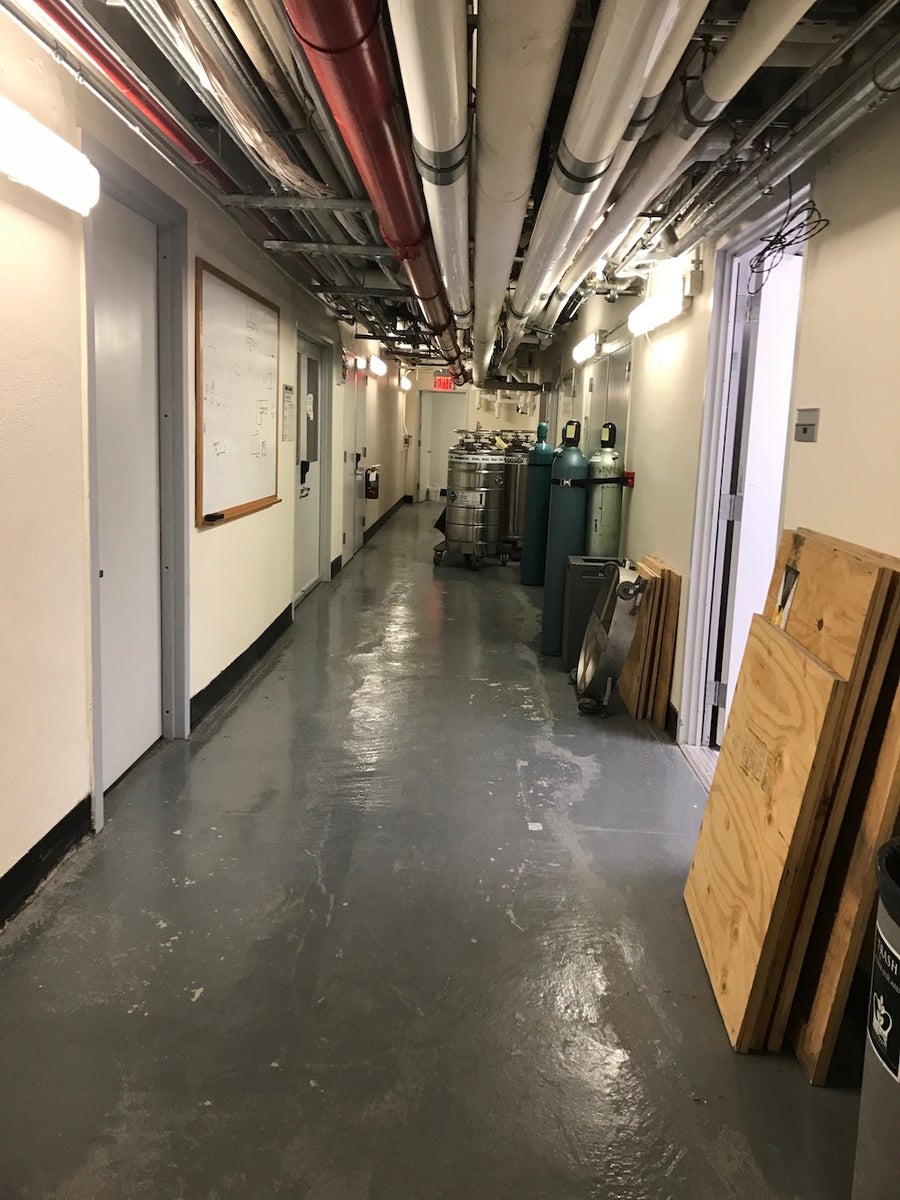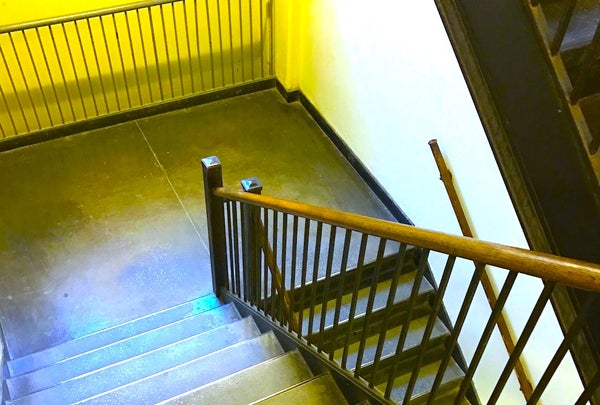This article was published in Scientific American’s former blog network and reflects the views of the author, not necessarily those of Scientific American
I’ve written a lot about the Fermi Paradox on these pages (like here, or here, or here). It is the puzzle that, if life occurs reasonably often in the universe, we’d expect the cleverer, technological variants to have had ample time to show up and say hello. Since they don’t seem to have done that we’re left with a great uncertainty: is life much more rare than we might suppose? Does something filter out advanced species? Or are we missing some other, crucial insight?
But I have a much more personal Fermi paradox to ponder.
Where I’m sitting right now is about 100 vertical feet from where Enrico Fermi and his colleagues made one of the earliest verifications of the fission of uranium nuclei. This is Columbia University’s physics building, Pupin Hall – which also houses the department of astronomy, and the astrophysics laboratory where my very ordinary, rather untidy office is.
On supporting science journalism
If you're enjoying this article, consider supporting our award-winning journalism by subscribing. By purchasing a subscription you are helping to ensure the future of impactful stories about the discoveries and ideas shaping our world today.
Pupin Hall has seen a lot of science over the years. The physicist I. I. Rabi discovered nuclear magnetic resonance here (now deployed in MRI machines everywhere), deuterium was discovered by Harold Urey, and many other contributions have piled up over the years.
But the place with the most mythology around it is the basement. That’s floor “1” in the elevator – a numbering scheme designed to baffle the uninitiated, because floor “5” is where you get out to campus level. Here’s a picture to verify.
.jpg?w=900)
The elevator riddle. Credit: C. Scharf
Until recently the basement was a definite no-go area. Back in the 1930s it housed one of the world’s first cyclotrons, a hefty precursor of particle accelerators. This thirty-ton, seven foot tall hunk of metal, built by the physicist John R. Dunning, was in effect a giant electromagnet. It could accelerate particles to 25,000 miles an hour in spiral paths before smashing them into selected targets. It also left this subterranean realm with some worrisome radiation hazards.
It was with this machine, on the night of January 25th, 1939 that, under the leadership of Enrico Fermi, Dunning and colleagues demonstrated for themselves that the fission of uranium nuclei could release enormous amounts of energy. Later on they would show that the U-235 isotope was the primary culprit.
This was a momentous occasion. The scientists knew that in wartime Germany a similar experiment had been made, and the implications were very clear. From here Fermi would start building the first artificial fission reactor, completing the work in 1942 at the University of Chicago when ‘Chicago Pile-1’ went critical. And it was from Columbia's cyclotron that the seeds were sown for the Manhattan Project.
But this is also where my own little Fermi paradox begins. First, it seems (based on various accounts, including this one) that on January 25th Enrico Fermi was nowhere to be seen in the Columbia basement. In fact he was enjoying himself at a physics conference in Washington D.C. at the time.
And, despite the historic nature of this experiment, today you would be hard-pressed to know that anything took place here at all. I’ve sat in this building for over 15 years and have barely thought about its subatomic heritage. By now the basement has been refurbished with labs, and a casual walk-through reveals nothing of the cyclotron, or Fermi.

Nothing to see here... Credit: C. Scharf
This is not meant as a criticism of anyone, or any institution. It is just a nicely curious observation that the famous Enrico Fermi – known for so many contributions to physics, as well as his extraterrestrial ‘paradox’ – should himself leave almost no trace of passing through.
I leave that for you, gentle reader, to ponder.
